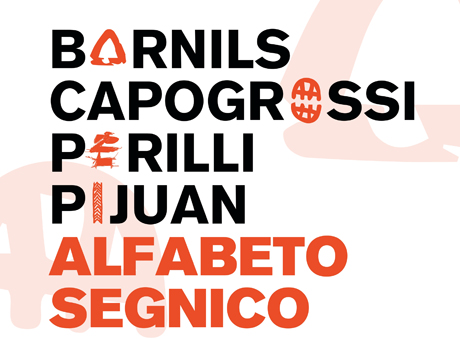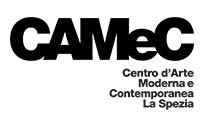
ALFABETO SEGNICO
An exhibition featuring four artists of different generations from Italy and Spain, all in search of a primary sign.
Sergi Barnils, Giuseppe Capogrossi, Achille Perilli and Joan Hernández Pijuan are the artists featured in Alfabeto segnico, an exhibition curated by Alberto Fiz coming up at Fondazione Stelline in Milan 15 September through 29 October 2017 and at CAMeC in La Spezia 4 November 2017 through 7 January 2018.
“In perfect harmony with the international atmosphere that is increasingly felt in Milan, Fondazione Stelline proudly presents Alfabeto segnico,” says Foundation Chair Pier Carla Delpiano, “an exhibition revealing the strong link that has always existed between Italian and Spanish art through the work of Barnils, Capogrossi, Perilli and Pijuan. An exhibition project organised by Fondazione Stelline with CAMeC in La Spezia, through an important partnership between institutions from two regions: Lombardy and Liguria.”
Alfabeto segnico looks at the textual structures concealed in images, tracing their path from 1950 to the present day. Not writing, but a shape or sign that takes the form of a creative act, going beyond the datum belonging to sensory reality. Despite the differences in their styles, Capogrossi and Barnils, Perilli and Pijuan all share a subtle common thread, revealed by the constant aggregation of elements in an on-going revitalisation of the archetypal sign determining a progressive broadening of the painted space.
“The alphabet of signs has never been as relevant as it is in today’s high-tech society,“ notes curator Alberto Fiz. “Logos, symbols, codes and emoticons have become a part of our everyday lives, as if we needed to simplify the message, restoring its emotional dimension on the basis of a consciousness conveyed by the great masters of abstract/informal art and brought back today with determination, even with irony.”
About 40 works are included in the exhibition, from public and private collections including CAMeC, Mart in Rovereto, Gallerie d’Italia – Piazza Scala (a museum operated by Intesa Sanpaolo in Milan) and Museo d’Arte Contemporanea in Lissone.
The many important works shown in the exhibition include Perilli’s Emploi du temps (1959), an emblematic work which won the artist the Premio Lissone; Giuseppe Capogrossi’s Superficie 678 – Cartagine (1950) and Superficie 399 (1961), from Volker Feieraband’s VAF collection.
The exhibition aims to offer an opportunity to investigate a continually evolving linguistic process which develops, over time, into a series of variants and combinations that may be found in the work of Sergi Barnils and Joan Hernández Pijuan, two artists who have reinterpreted the lesson of the immediate post-war period by renewing the germinal, primary dimension of an imagination free of ideological conditioning. Pijuan’s irregular patterns, evoking the paths of a landscape dug into pictorial material, may be juxtaposed with Perilli’s graffiti, considered secret maps. Barnils, on the other hand, crowds his surfaces with a miniaturised sign (as in Del verger celeste, a four-metre diptych dated 2015) repeated in a liberating mantra in which the painting contains emotions, irony and an infinite number of unforeseeable combinations.
While he starts out on the basis of different assumptions from Capogrossi’s, there can be no doubt that both reflect the tension toward an ars combinatoria that leads to “a proliferating multitude of what surrounds us, demanding spatial reorganisation with skilful use of a sign that takes on universal meaning and value,” as the artist’s grandson Gugliemo Capogrossi recalls.
Fondazione Stelline, C.so Magenta 61, Milan Free admission
Info:
Studio BonnePresse Press Office corso Magenta 61,20123 Milano Gaia Grassi +39.339.56.53.179 tel. +39.02.45462.411 Marianna Corte +39.347.42.19.001
Info: info@bonnepresse.com
The exhibition catalogue is published by Silvana Editoriale in Italian and English, containing an essay by Alberto Fiz, critical testimony on each of the artists and valuable historical material made available by Fondazione Archivio Capogrossi and Archivio Achille Perilli.
